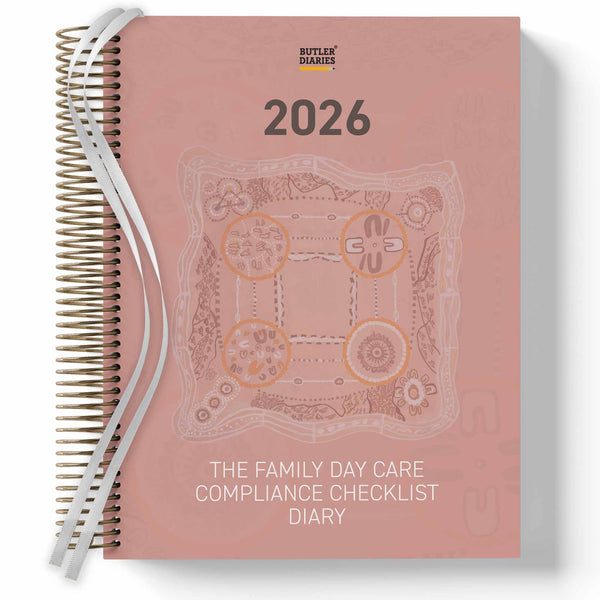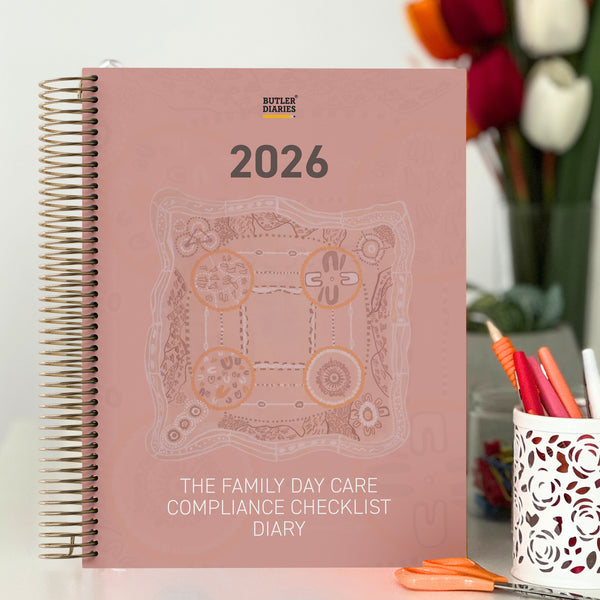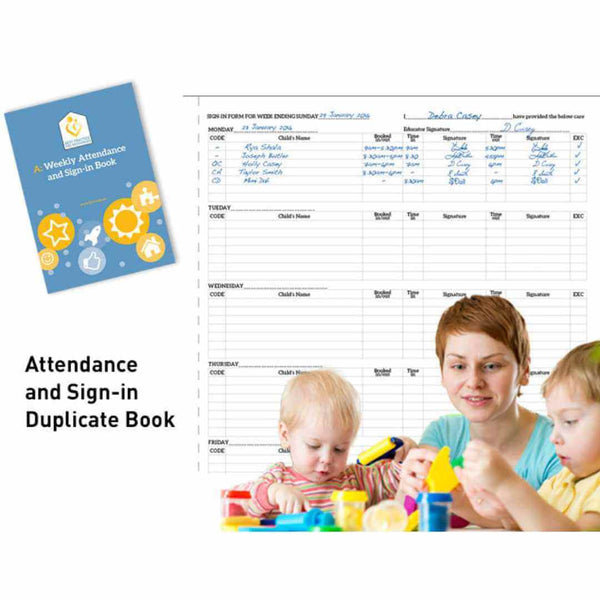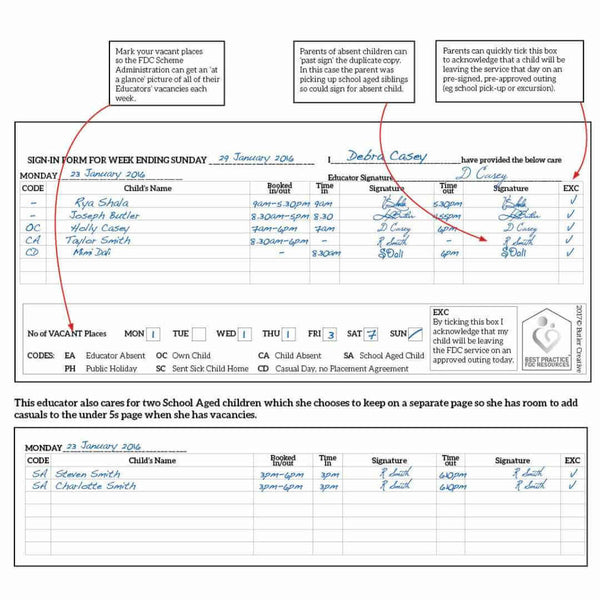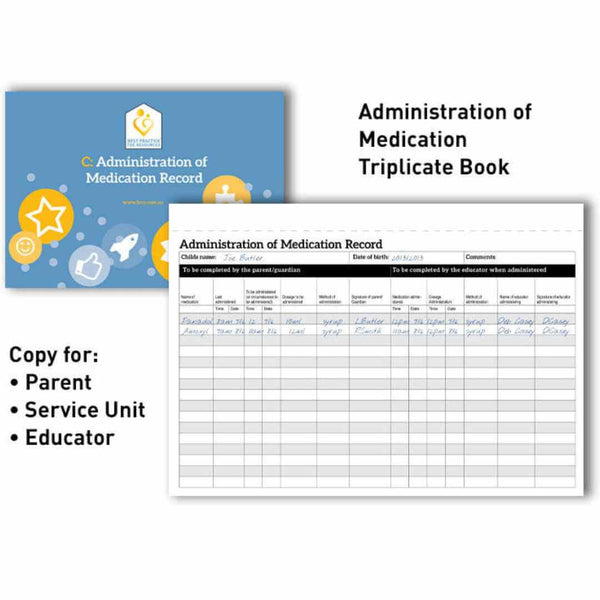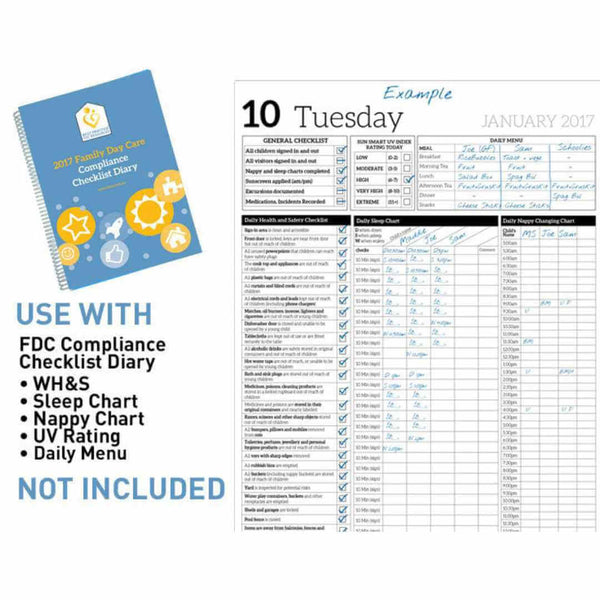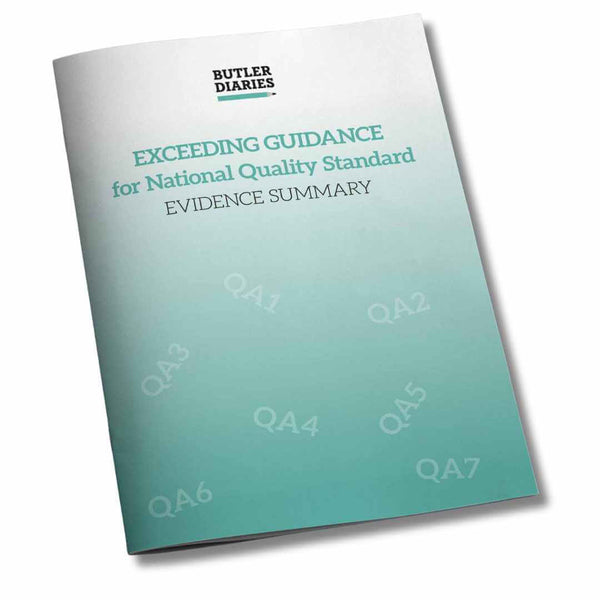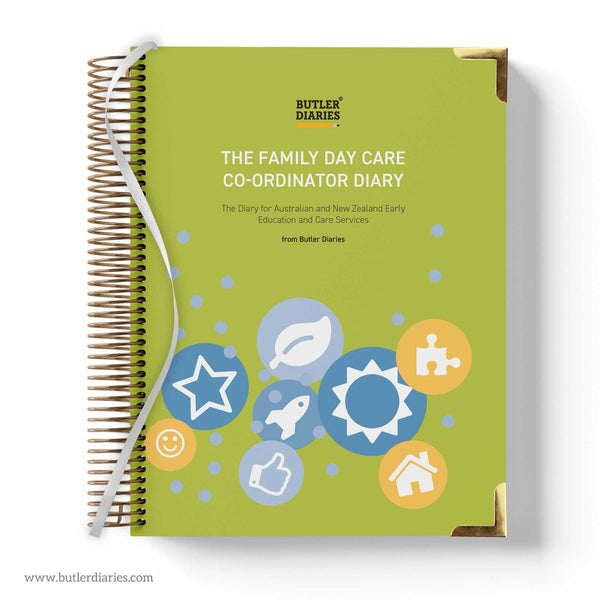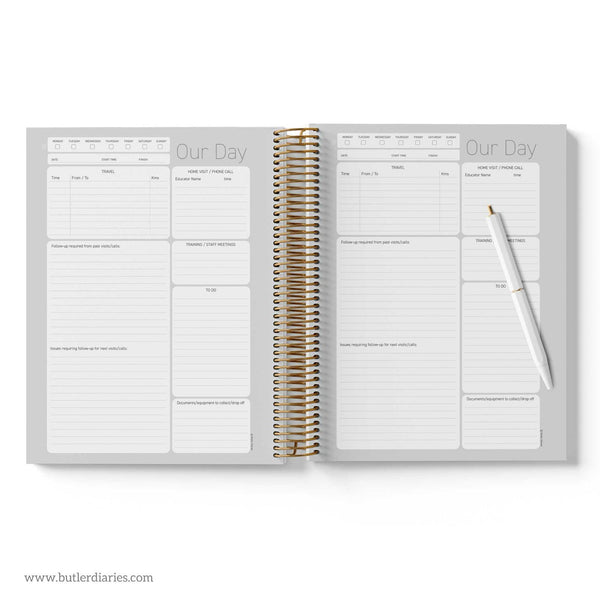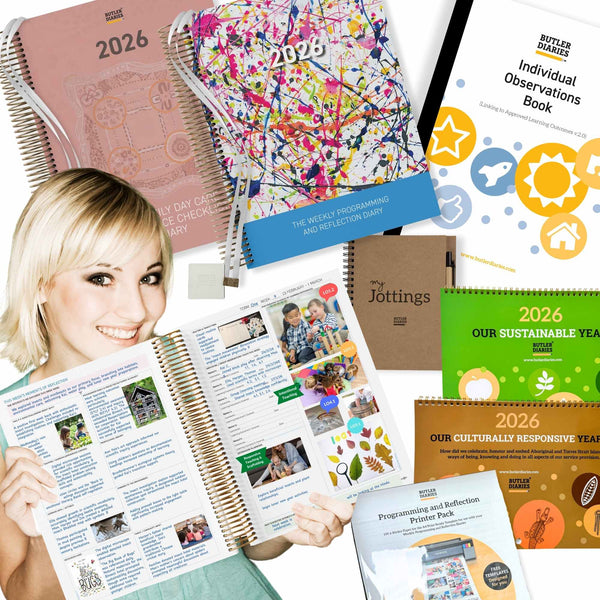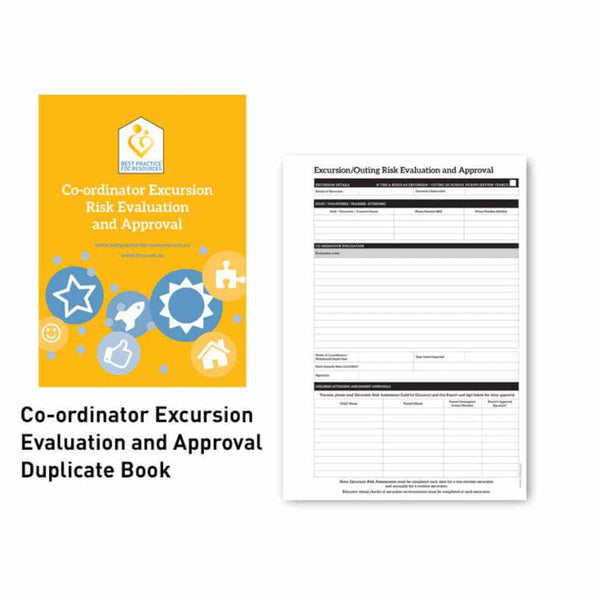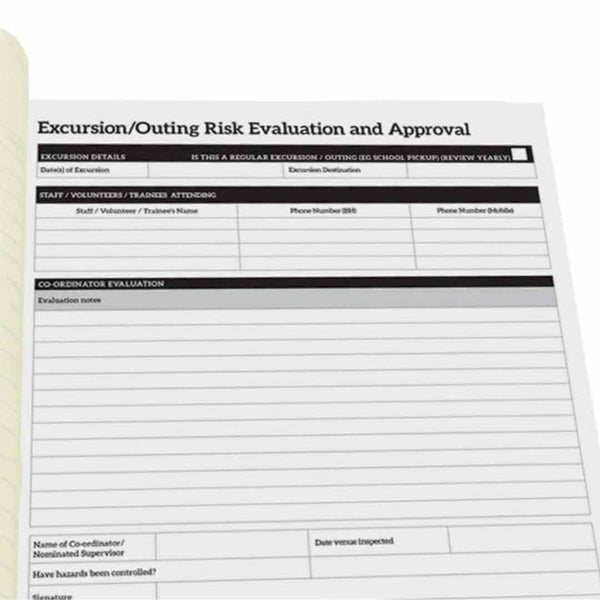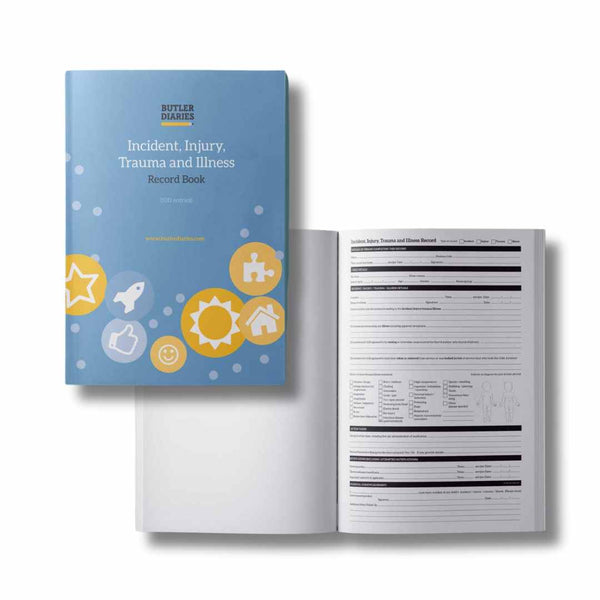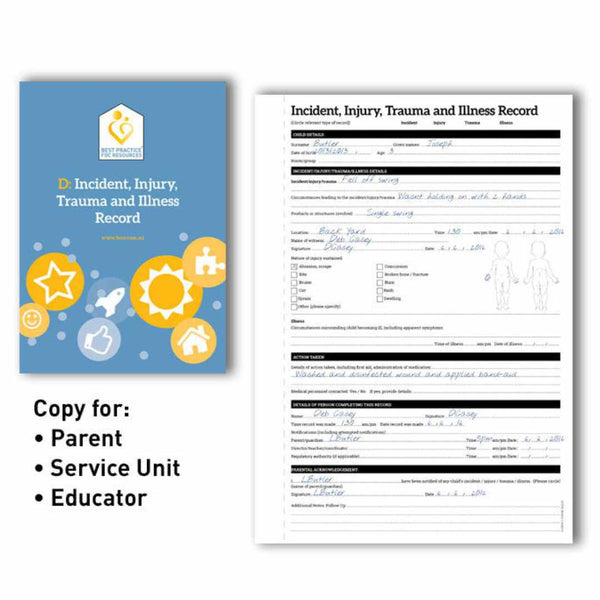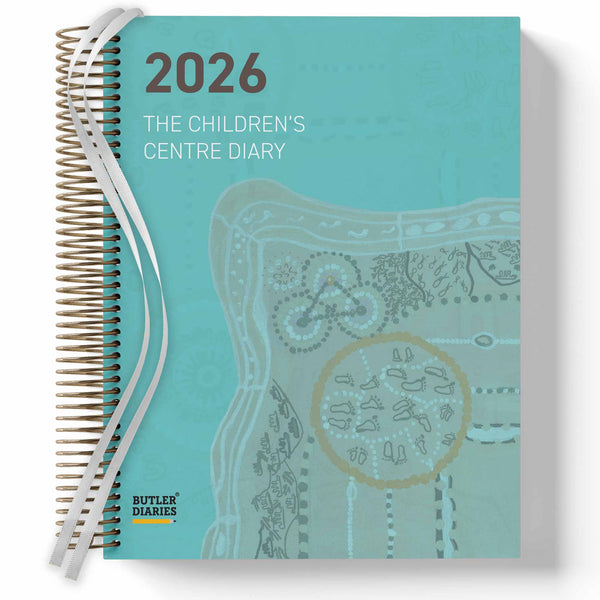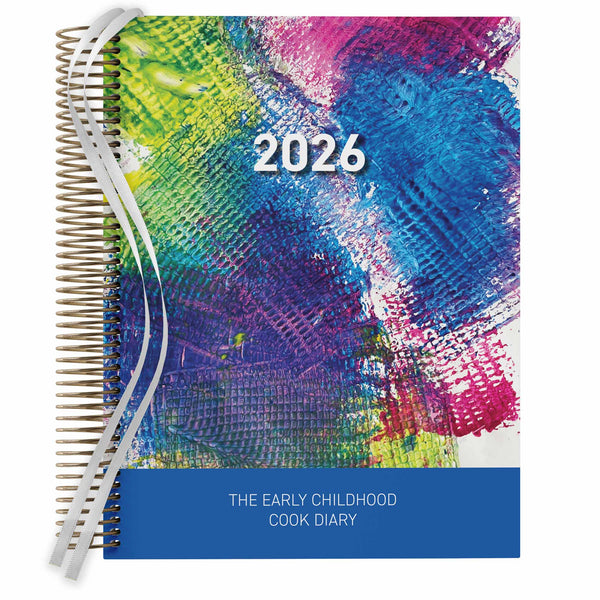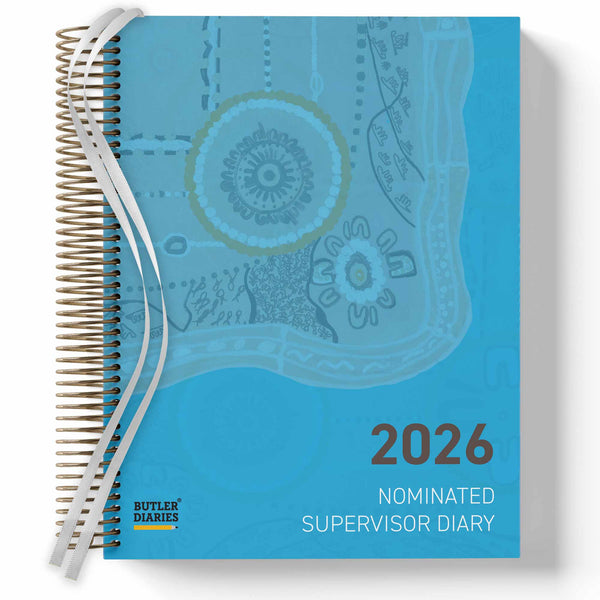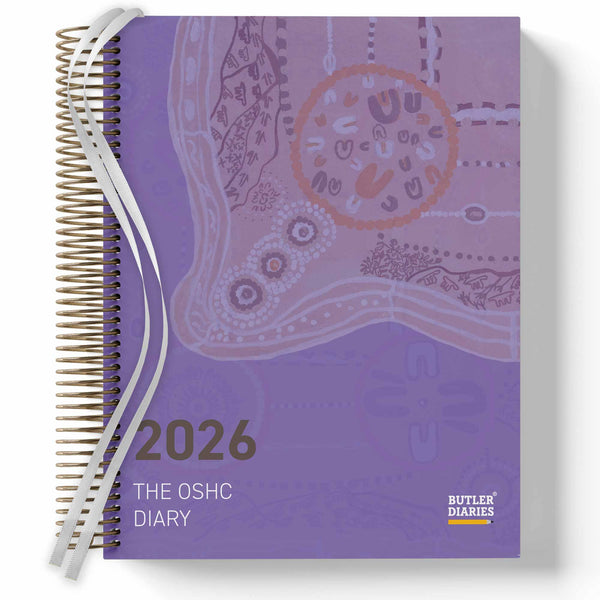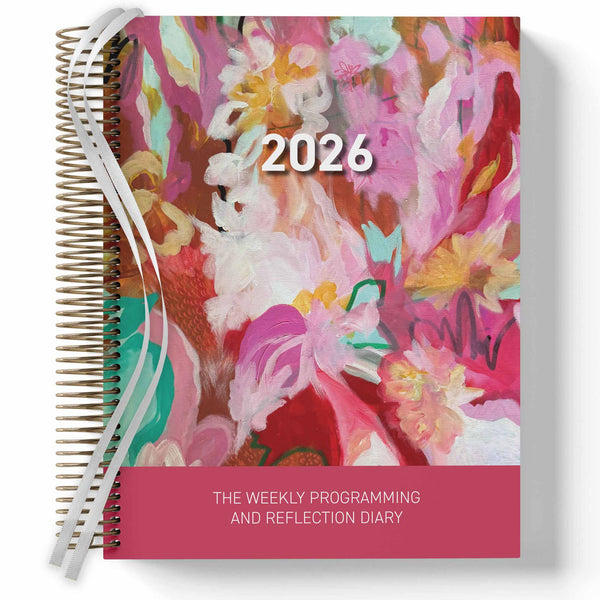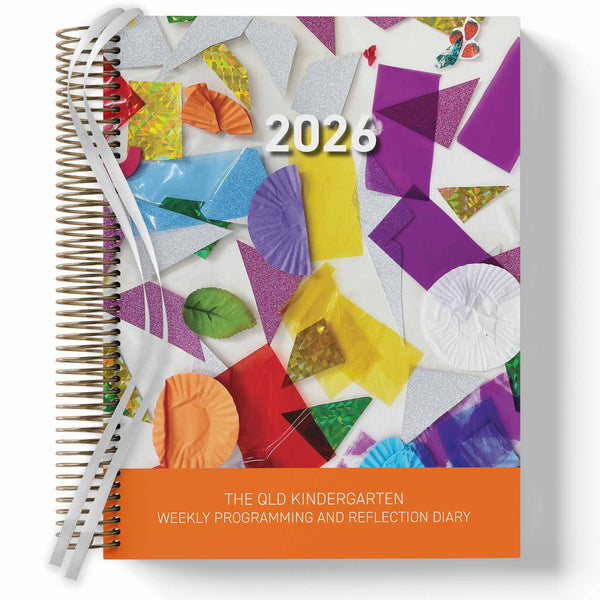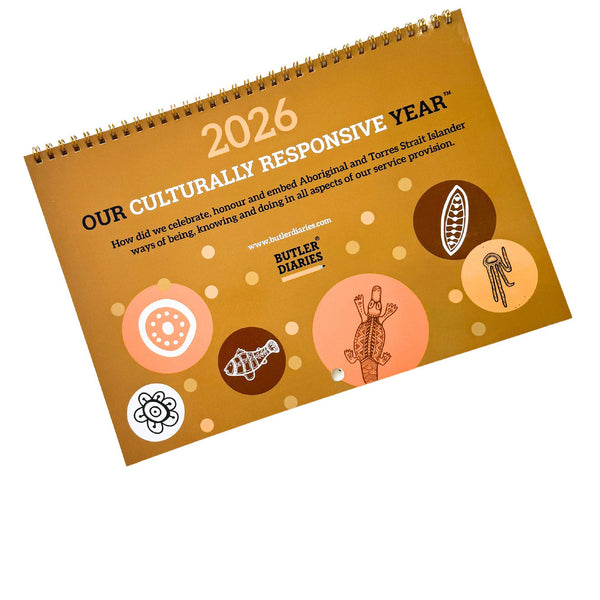Becoming a family day care provider is an enriching career that allows you to create a nurturing environment where children can flourish. This detailed guide will help you understand the steps involved in starting your own family day care and provide tips for ensuring success.
Step 1: Understand the Role of Family Day Care Provider
Family day care providers care for small groups of children in a home-like setting. This role involves more than just supervision; it encompasses creating a safe, inclusive, and stimulating environment that supports children's social, emotional, cognitive, and physical development. As a family day care provider, you'll be responsible for:
- Planning and implementing educational activities.
- Ensuring the health and safety of children.
- Building strong relationships with children and their families.
- Complying with regulatory requirements and maintaining high-quality standards.
Step 2: Meet the Requirements of Family Day Care Providers
Each state and territory in Australia has specific requirements for family day care providers. Generally, you'll need:
- Qualifications: A Certificate III in Early Childhood Education and Care is the minimum requirement. Pursuing higher qualifications, such as a Diploma in Early Childhood Education and Care, can further enhance your skills and career prospects.
- Working with Children Check (WWCC/Blue Card): This is a mandatory background check to ensure the safety and well-being of children in your care.
- First Aid Certification: You must be certified in first aid, including CPR, asthma management, and anaphylaxis management. Regularly updating these certifications is crucial.
- Home Safety: Your home must meet safety standards, including secure fencing, safe play areas, appropriate indoor and outdoor spaces, and compliance with health and safety regulations.
Step 3: Register with a Family Day Care Service
To operate legally, you must register with an approved family day care service. This service provides support, resources, and ensures compliance with national regulations. Your chosen service will conduct regular visits to monitor quality, offer professional development opportunities, and assist with administrative tasks. Registration involves:
- Submitting an application with required documentation, including your qualifications, first aid certification, and WWCC.
- Undergoing an assessment of your home environment to ensure it meets safety and regulatory standards.
- Participating in an orientation program to understand the policies, procedures, and expectations of the family day care service.
Step 4: Set Up Your Home Environment
Creating a welcoming and safe environment is crucial for the success of your family day care. Consider the following aspects:
- Learning Spaces: Designate specific areas for different activities such as reading, art, and outdoor play. Ensure these spaces are flexible and can be adapted to meet the needs of different age groups.
- Safety Measures: Conduct a thorough safety audit of your home. Ensure all hazardous materials are out of reach, install safety gates, and check that toys and equipment are age-appropriate and in good condition. Create a clean and hygienic environment by establishing regular cleaning routines. You may find a daily health and safety checklist like the Family Day Care Compliance Diary helpful.
- Resources: Invest in educational materials, books, and toys that promote learning and development. Include a variety of resources that cater to different interests and developmental stages.
Step 5: Develop Policies and Procedures
Establish clear policies and procedures to guide your operations. These should align with the National Quality Framework (NQF) and reflect best practices in Early Childhood Education and Care. Key policies and procedures to develop include:
- Health and Safety: Outline procedures for managing illness, injuries, and emergencies. Include guidelines for hygiene practices, medication administration, and supervision.
- Behaviour Management: Develop a positive behaviour guidance policy that promotes respectful and supportive interactions. Outline strategies for managing challenging behaviours and fostering social and emotional development.
- Emergency Response: Create an emergency plan that includes evacuation procedures, contact information for emergency services, and communication protocols with families.
Step 6: Create a Business Plan
A well-thought-out business plan is essential for managing your finances and growing your family day care. Your business plan should include:
- Business Goals: Define your short-term and long-term goals. Consider what you want to achieve in terms of enrolment numbers, financial stability, and professional development.
- Target Market: Identify your target market, including the age groups you will cater to and the needs of families in your community. Conduct market research to understand the demand for family day care services in your area.
- Fee Structure: Determine your fee structure, including hourly rates, full-day rates, and any additional charges for meals, excursions, or late pick-ups. Ensure your fees are competitive and reflect the quality of care you provide.
- Marketing Strategies: Outline strategies for promoting your family day care. Consider online marketing, networking with local parenting groups, and building relationships with schools and community organisations.
Step 7: Promote Your Family Day Care
Building a client base is crucial for the success of your family day care. Effective promotion strategies include:
- Networking: Connect with local parenting groups, schools, and community organisations. Attend events and join online forums to build relationships and spread the word about your services.
- Online Presence: Create a professional website that showcases your family day care. Include information about your qualifications, services, and philosophy. Use social media platforms to share testimonials, highlight your unique offerings, and engage with potential clients.
- Word of Mouth: Encourage satisfied parents to refer your services to friends and family. Offer incentives for referrals, such as discounts on fees or special promotions.
Step 8: Continuous Professional Development
Staying updated with the latest developments in Early Childhood Education and Care is essential for providing high-quality care. Engage in continuous professional development by:
- Attending Workshops and Webinars: Participate in training sessions, workshops, and webinars to enhance your knowledge and skills. Focus on areas such as child development, curriculum planning, and inclusion.
- Joining Professional Organisations: Become a member of professional organisations such as Family Day Care Australia. These organisations provide resources, networking opportunities, and access to professional development events.
- Reflective Practice: Engage in regular reflective practice to evaluate your performance and identify areas for improvement. Seek feedback from families, colleagues, and your family day care service to enhance your practice.
Conclusion
Starting a family day care is a significant commitment, but the rewards are immense. By following these steps, you can create a safe, nurturing, and educational environment where children can thrive, and your business can flourish. Remember, continuous learning and professional development are key to providing high-quality care and meeting the evolving needs of children.
For resources on Early Childhood Education and Care, visit our shop and explore our range of tailored diaries and organisational tools designed to support your journey as a family day care provider. With the right preparation and dedication, you can make a meaningful impact on the lives of children and their families.








